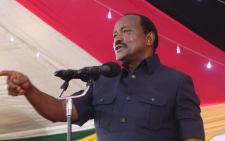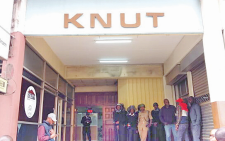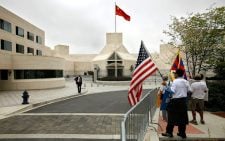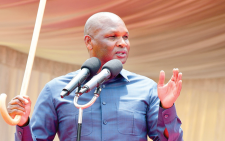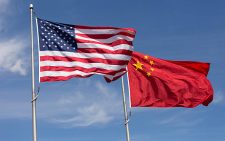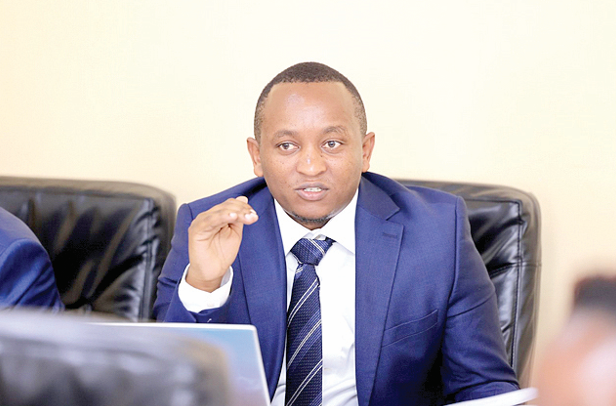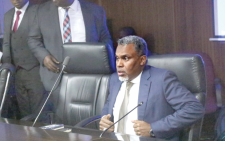Mwananchi’s stake in grand development issues
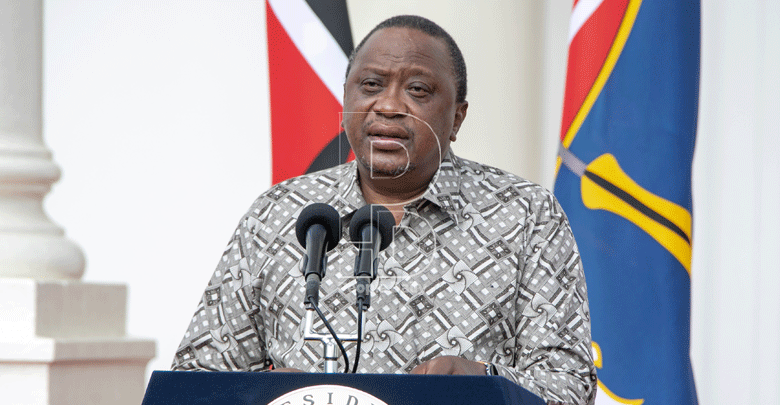
After a five-month break occasioned by change of guard in the US, the trade talks between Kenya and the US is poised to resume.
This follows Tuesday’s virtual meeting between President Uhuru Kenyatta and US Secretary of State Antony Blinken.
The Free Trade Agreement (FTA) with Kenya, which commenced on July 8, 2020 took a break as the Biden administration put foreign trade negotiations and policies on hold.
However, last week Uhuru and Blinken discussed trade and investment opportunities, significantly touching on the untapped potential held by the FTA.
This information that came from State House ought to dominate our public sphere, not just because of the significance of FTA, but because at the end of the day, it will have a greater benefit to the common mwananchi, especially farmers.
In fact, it does remind us that a lot is going on to address the economic development of the common citizenry, yet we seem preoccupied with politics.
Politics is about allocation and distribution of resources and there seems to be significant traction and effort that goes towards increasing the resources that go unnoticed.
Not all development puts food on the table immediately, especially grand infrastructural development and sometimes Kenyans don’t read much in these trade talks.
It is incumbent upon the media and people who occupy public spaces to give the wider context.
Context that would situate such grand issues within what is in it for the common mwananchi and how to take advantage.
For instance, last year, Kenya’s domestic exports to the US totaled Sh48.2 billion against imports of Sh40.2 billion.
But with the latest development between Uhuru and Blinken., which come after the ministerial level discussions between trade Cabinet Secretary Betty Maina and US Trade representative Katherine Tai, Kenya is poised to benefit big time.
Maina, is clear that Kenya seeks to tap at least five per cent of the US market. This guarantees Kenya the potential to earn than Sh2 trillion in export revenues annually.
There are massive economic gains especially to the common citizenry who will find ready market for their produce facilitated by the government.
To this end, you would expect the conversations in the public domain to be on pathways that would lead the public to productions that would benefit from this market.
Experts in agricultural economics, agribusiness and the latest in sustainable agriculture should be at the spaces of public information.
As a country, we need to focus more on such deals and how to leverage on this market and maximise on the five per cent share, because at the end of the day the Sh2 trillion will not only boost our economy, but also benefit our farmers.
Leadership at the political level would do the citizenry a great deal of service, if they focused on sensitising our farmers on the great opportunities presented in such trade deals.
Beyond the political rhetoric, the clamour for more constituencies and conversations around 2022 political formations, a lot of investment has gone into building a fairly robust enabling environment to help Kenyans tap onto such bilateral markets.
In Agriculture, recent developments have seen coffee farmers and their societies record the highest payments since independence and the tea reforms are robustly addressing the real issues of farmers.
In Turkana, the 17 irrigation schemes are poised to contribute to food security and give most farmers economic security.
The road infrastructure, especially in as far as it enhances agricultural production and access to the market has also witnessed some laudable investment that contributes to both the immediate and long term economic agenda.
The Kericho-Mau Summit Road, Matemanywa-Gesina-Mosebiti Road in Nyamira county, Keria-Magutuni-Katwana Road Tharaka Nithi, Samburi-Kinango road, Kirima-Ndinda-Engineer Road Meru bypass and the 540km Mau Mau roads all open up agriculturally rich regions in different parts of the country.
The inherent benefits to the farmers in these regions is now a question of local leadership and how they can build capacity and resilience among the farmers.. — hesbonhansen@gmail.com
